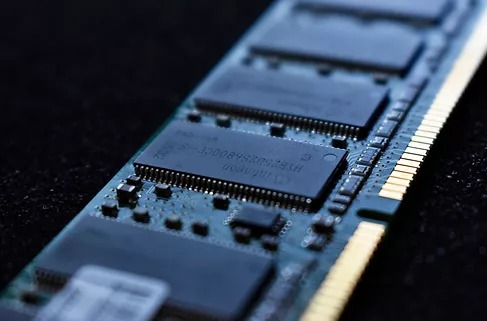Industries
1. Hardware
2. Electronic Manufacturing Services & Design Manufacturing
3. Internet Media & Services
4. Semiconductors
5. Software & IT Services
6. Telecommunication Services
Range of Technology & Communications Risks
1. Product Security
2. Employee Inclusion
3. Product Lifecycle Management
4. Water & Waste Management in Manufacturing
5. Fair Labour Practices
6. Supply Chain Management & Material Sourcing
7. Intellectual Property Projection & Competitive Behaviour
HEALTHCARE
ESG Strategy
Supply Chain
INFRASTRUCTURE
Carbon Footprint





